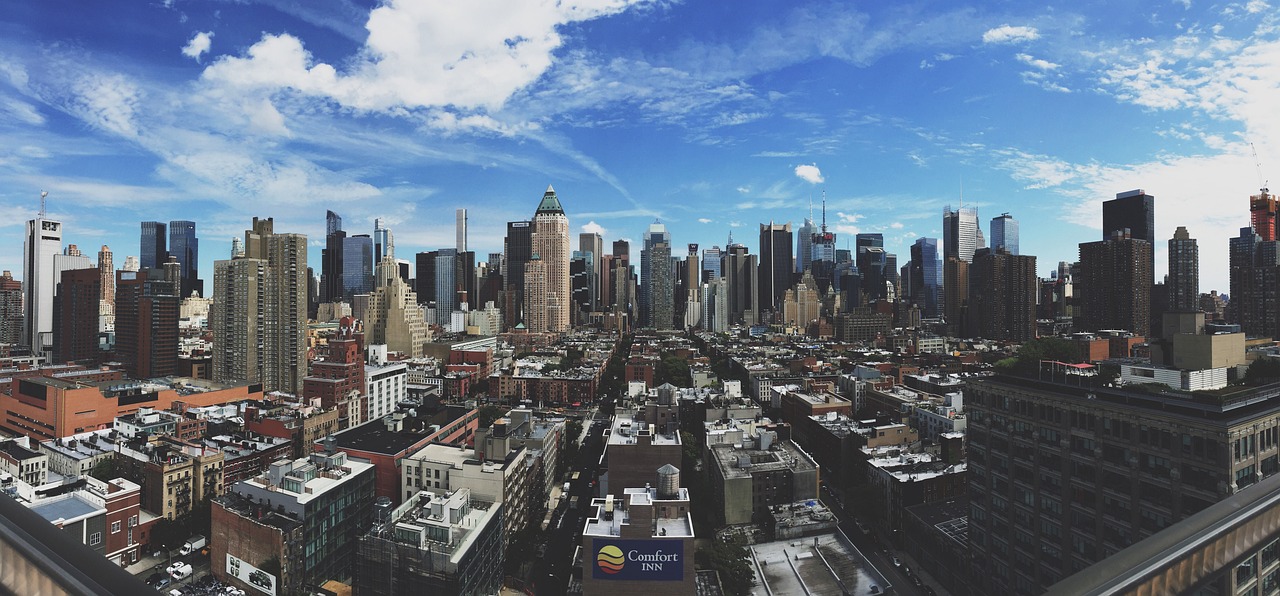How can urban design promote social inclusion and reduce crime rates?

Urban spaces are often perceived as the breeding grounds of crime and violence. Yet, they also hold the potential to be places of social inclusion and community safety. What if the design of these spaces could actively contribute to reducing crime rates? As cities grow, it is crucial to re-think our approach to urban design and to put public safety at the heart of our planning and infrastructure decisions. This article explores how urban design can play a key role in facilitating public safety, fostering social cohesion, and ultimately, reducing crime rates.
The Influence of Urban Design on Crime Rates
Before venturing into the solutions, it’s essential to understand the complex relationship between urban design and crime. The way a city or neighborhood is structured can either deter or encourage crime. Poorly lit streets, abandoned buildings, and vacant lots can become havens for illegal activities. However, a well-designed public space can promote safety, security, and social interaction, thereby reducing the fear of crime.
Cela peut vous intéresser : What Are the Latest Trends in Advanced Robotics for Manufacturing?
Urban design can have a direct impact on crime rates. Well-maintained, lively, and accessible public spaces discourage criminal activities by increasing the chance that a potential offender might be seen. Conversely, deteriorating, vacant, or poorly lit areas can become hot spots for crimes due to the lack of natural surveillance.
Research from Google Scholar and PubMed supports these observations. For instance, a study by Branas et al., available as a PMC free article, found that greening vacant lots in urban areas led to significant reductions in gun violence.
A lire également : Is there a connection between mindfulness practices and improved workplace productivity?
Harnessing Public Spaces for Social Inclusion and Community Safety
Public spaces are the backbone of any urban community. They are where people gather, interact, and build social ties. These places can be parks, plazas, markets, playgrounds, or even sidewalks. When designed with safety and inclusivity in mind, they can help to lower crime rates and promote social cohesion.
A green space can provide a peaceful retreat from the hustle and bustle of city life, encouraging people to spend time outdoors, engage in physical activities and socialize with their neighbors. This creates a sense of community and belonging, which can discourage anti-social behavior and crime.
Designing public spaces for safety and security is crucial. This can involve good lighting, clear sightlines, and comfortable seating arrangements that encourage people to spend time in these spaces. Active edges, such as cafes, stores, or homes with windows facing the street, can also contribute to safety by increasing the number of ‘eyes on the street.’
The Role of Community Participation in Crime Prevention
Community members are the lifeblood of any neighborhood. Their active participation in shaping their environment can significantly contribute to crime prevention and community safety. Involving residents in the planning, design, and management of local spaces can foster a sense of ownership and responsibility, which can deter criminal behavior.
Community involvement can range from participating in neighborhood watch programs to taking part in the design of local parks or playgrounds. When people feel connected to their built environment, they are more likely to look after it, report suspicious behavior, and intervene to prevent crimes.
Community participation fosters a strong sense of social cohesion. This not only helps to reduce crime but also strengthens the ability of communities to respond effectively when crimes do occur. A connected community is a safer community.
Moving Forward: Urban Design for Safety, Health, and Social Inclusion
Creating safer and more inclusive cities is a complex task that requires a comprehensive approach. Urban design plays a crucial role in this process, but it needs to be complemented by efforts in other areas, such as social services, education, and law enforcement.
A holistic approach to urban design can promote social inclusion and reduce crime rates. Such an approach considers all aspects of urban life, from housing and transportation to public spaces and community facilities. It also involves engaging community members in the planning and design process, ensuring that their needs and perspectives are reflected in the decisions made.
In conclusion, urban design can be a powerful tool for promoting social inclusion and reducing crime rates. By creating safe, inclusive, and vibrant public spaces, we can enhance the quality of urban life for all residents. It’s about time we see our cities not merely as a collection of buildings and roads but as living, breathing communities that can be shaped to promote safety, health, and social cohesion.
